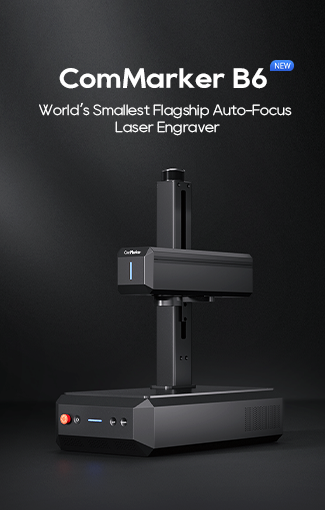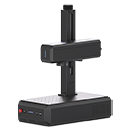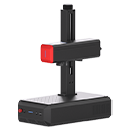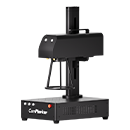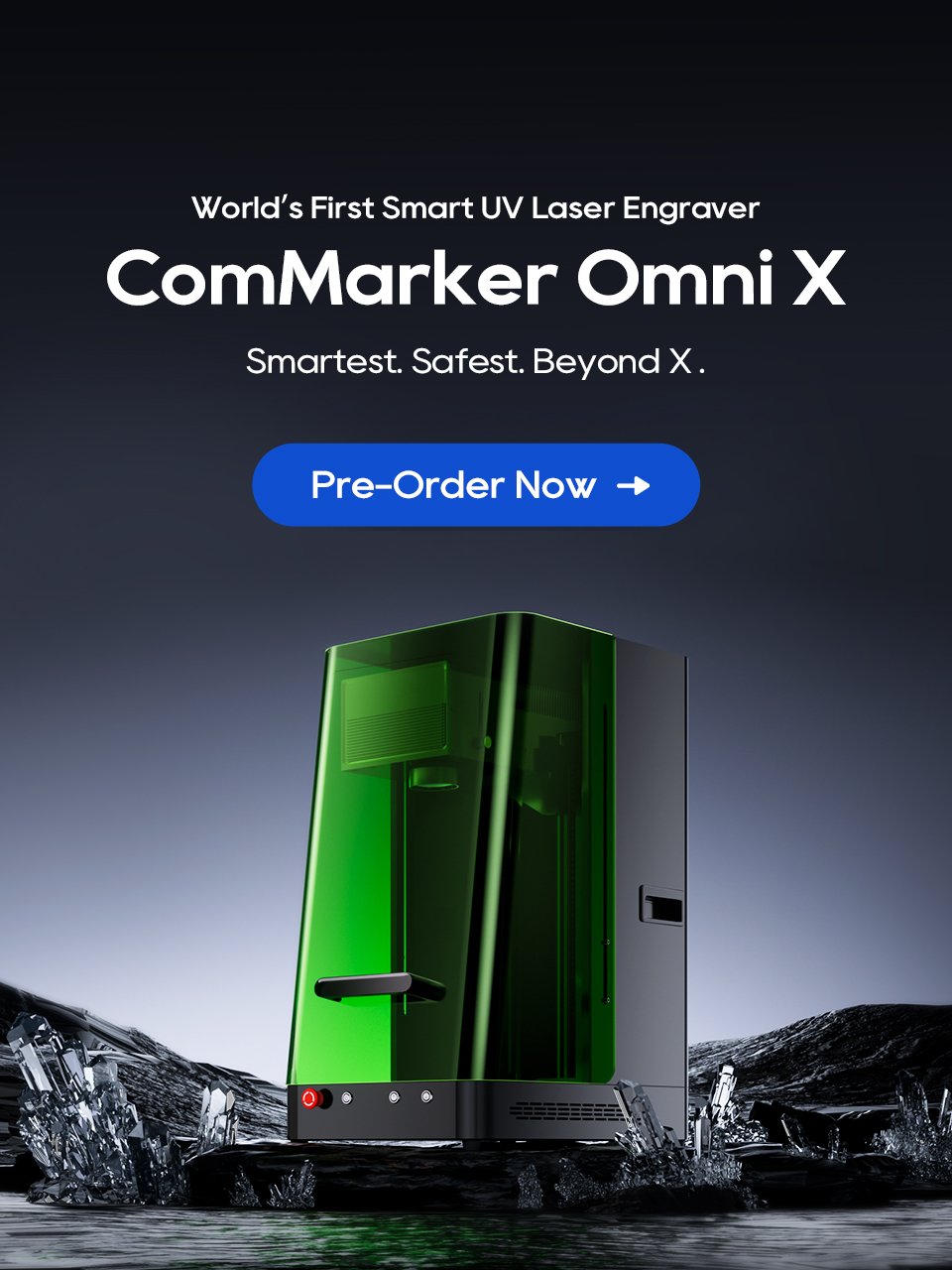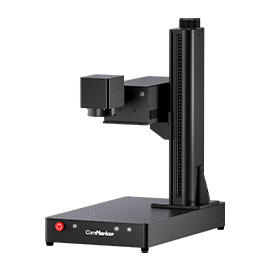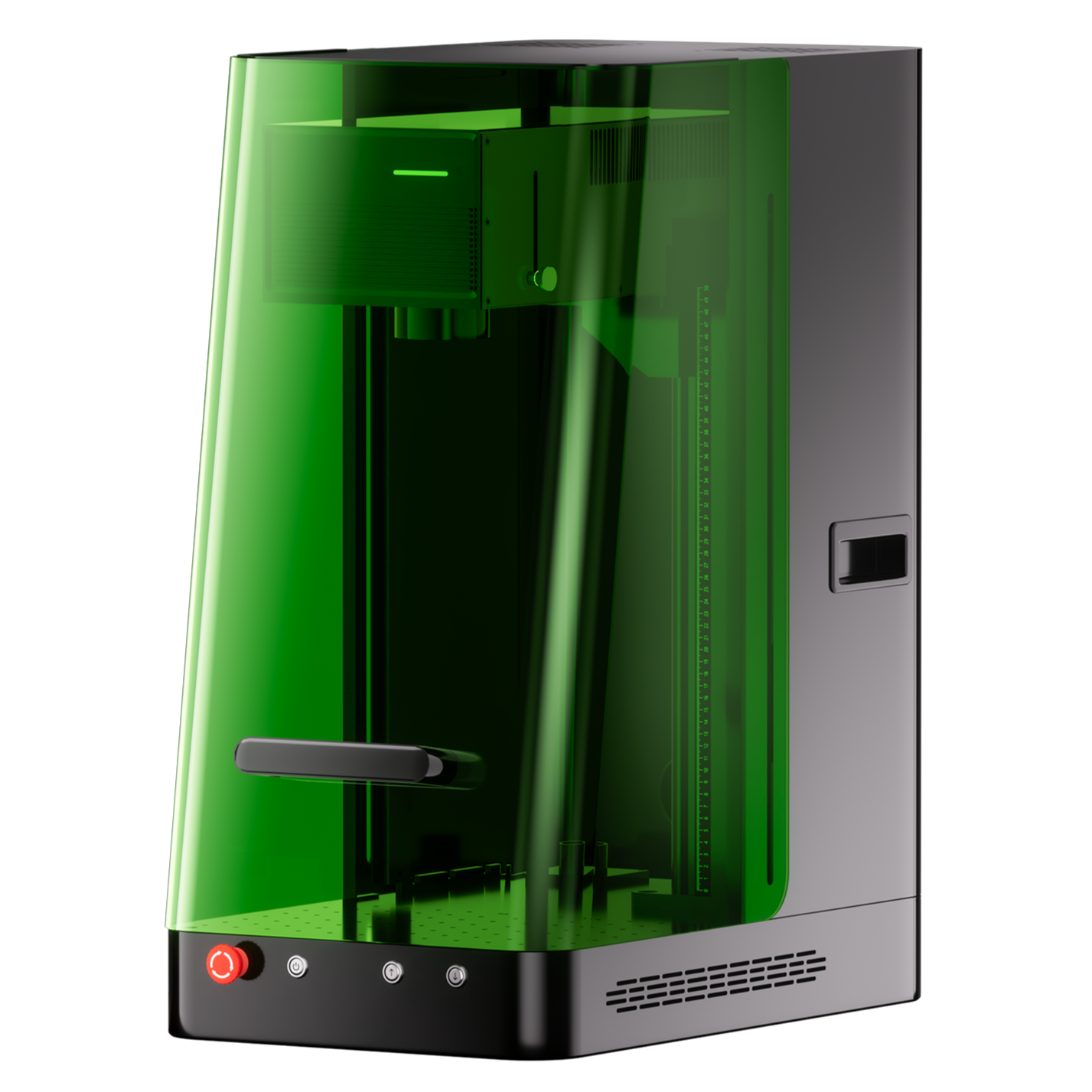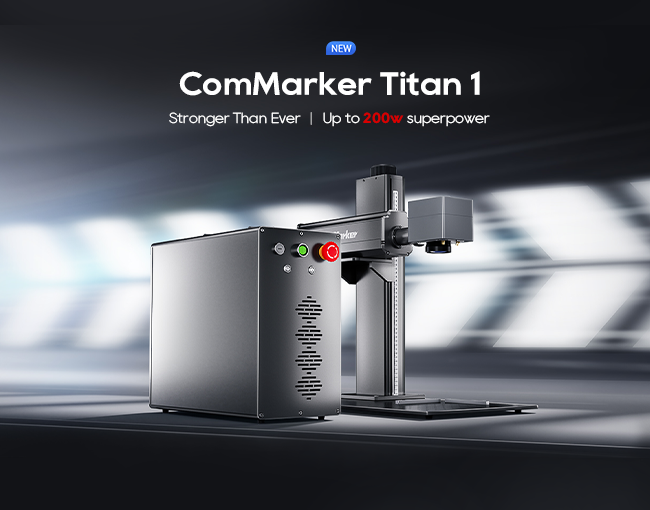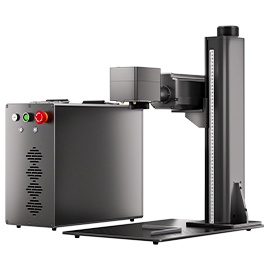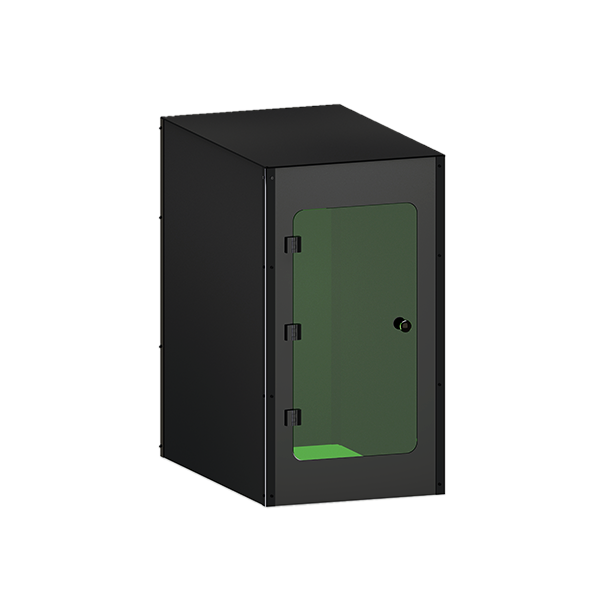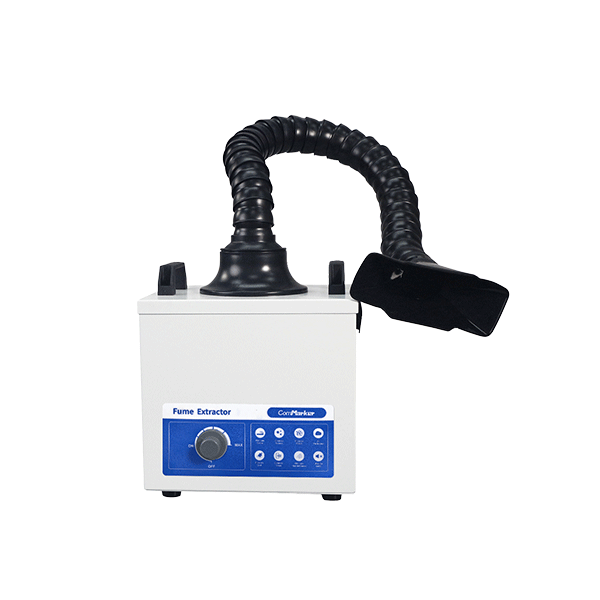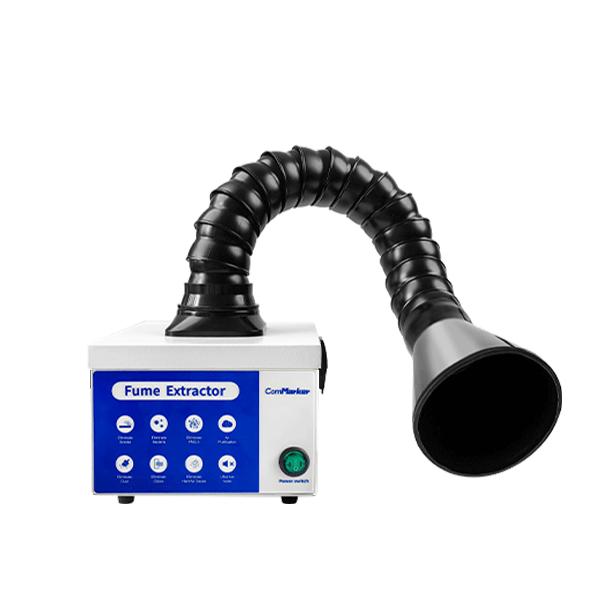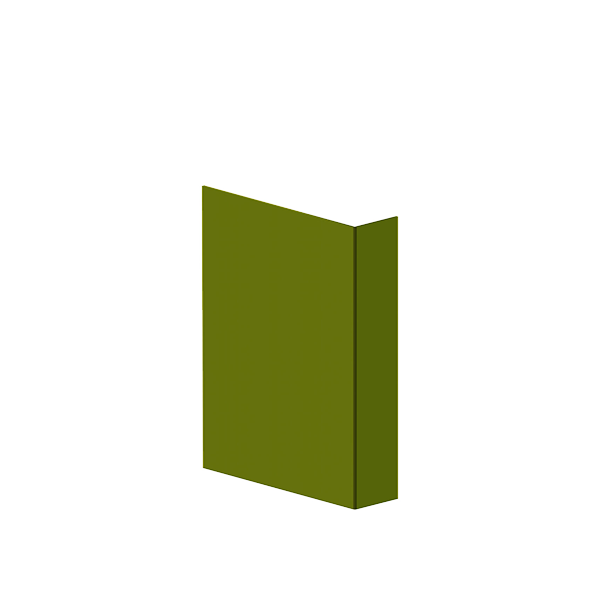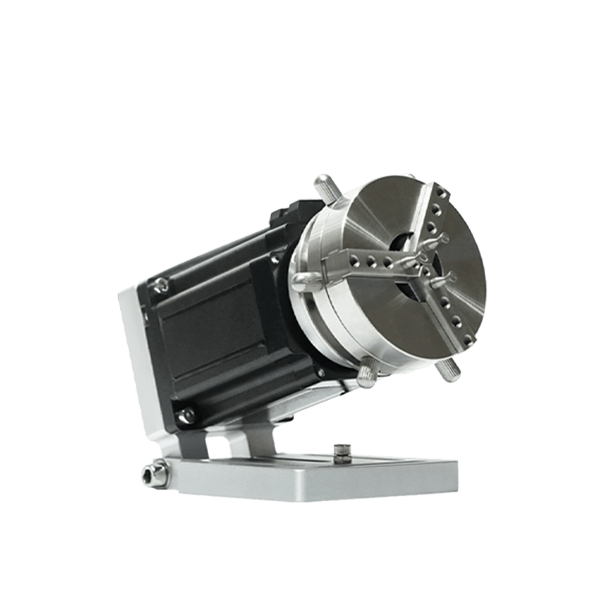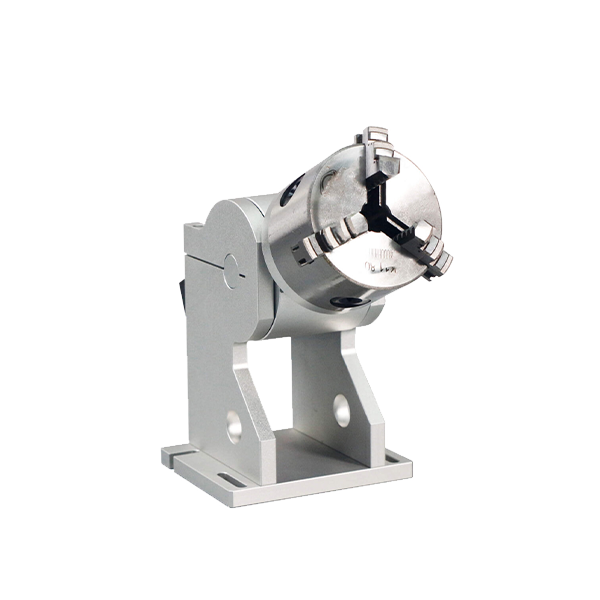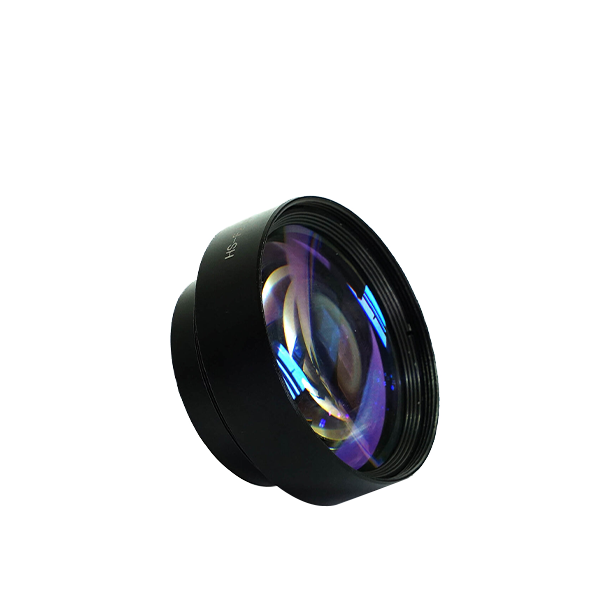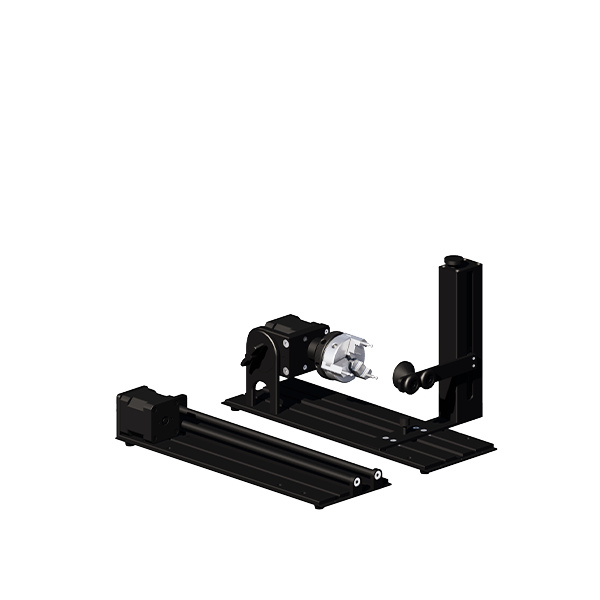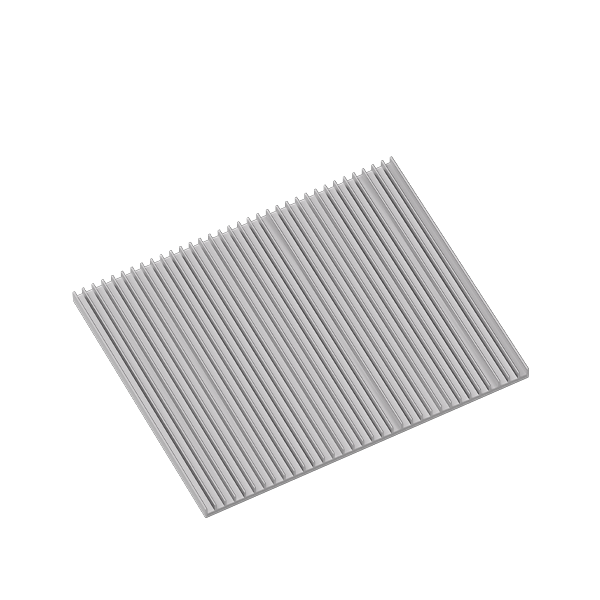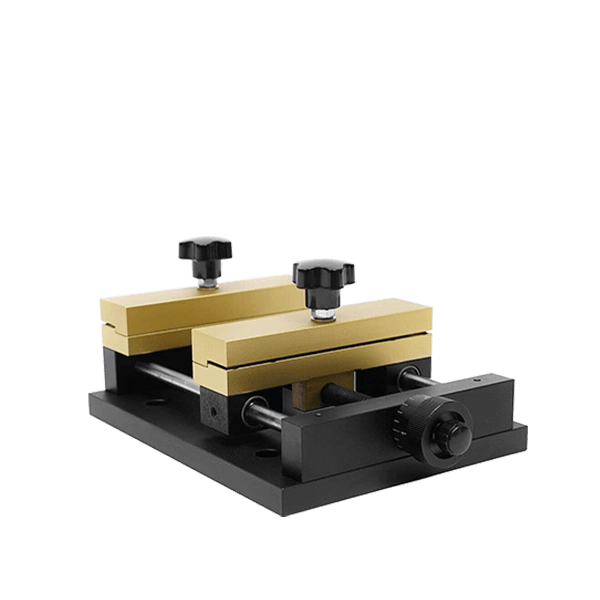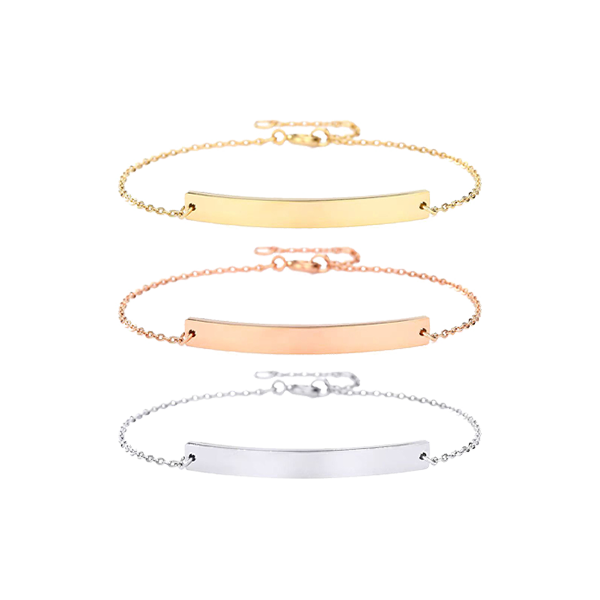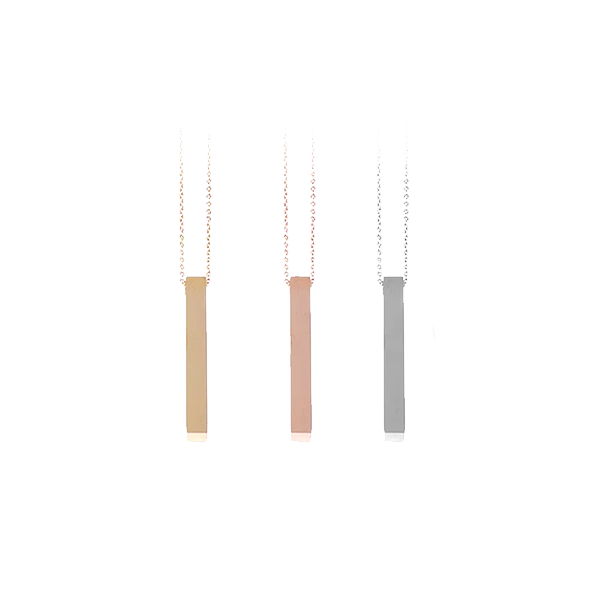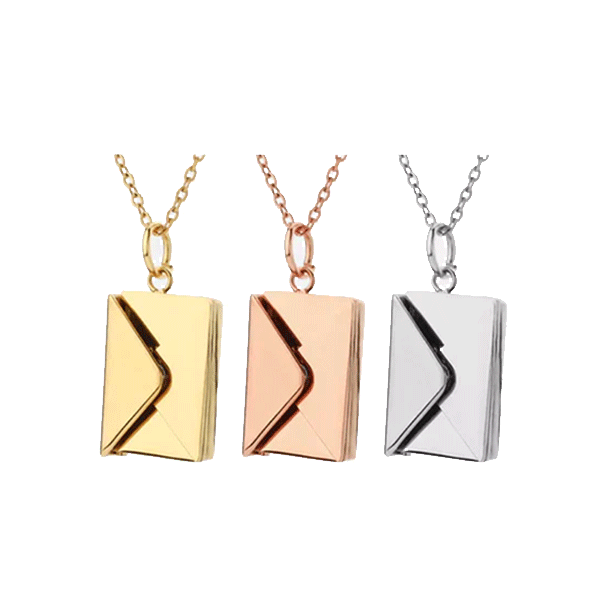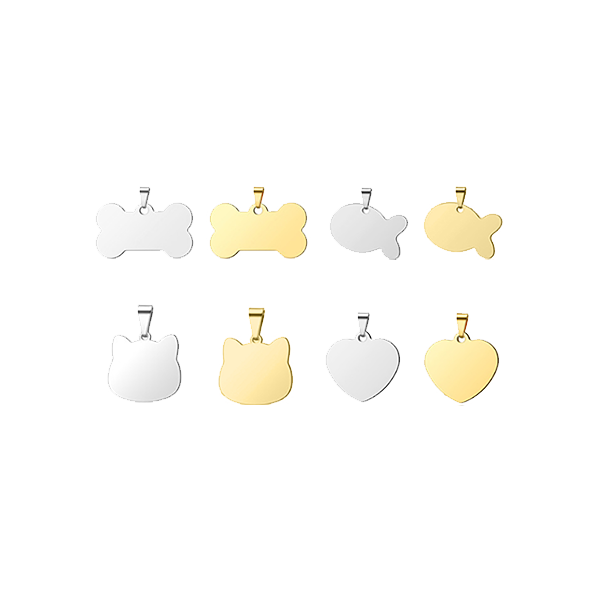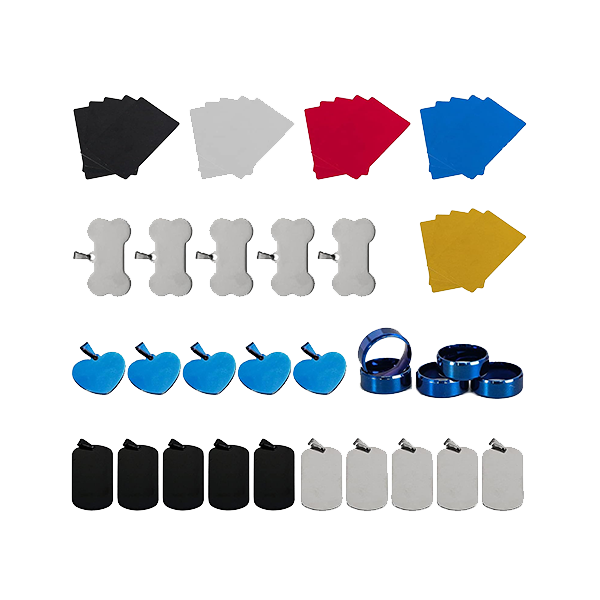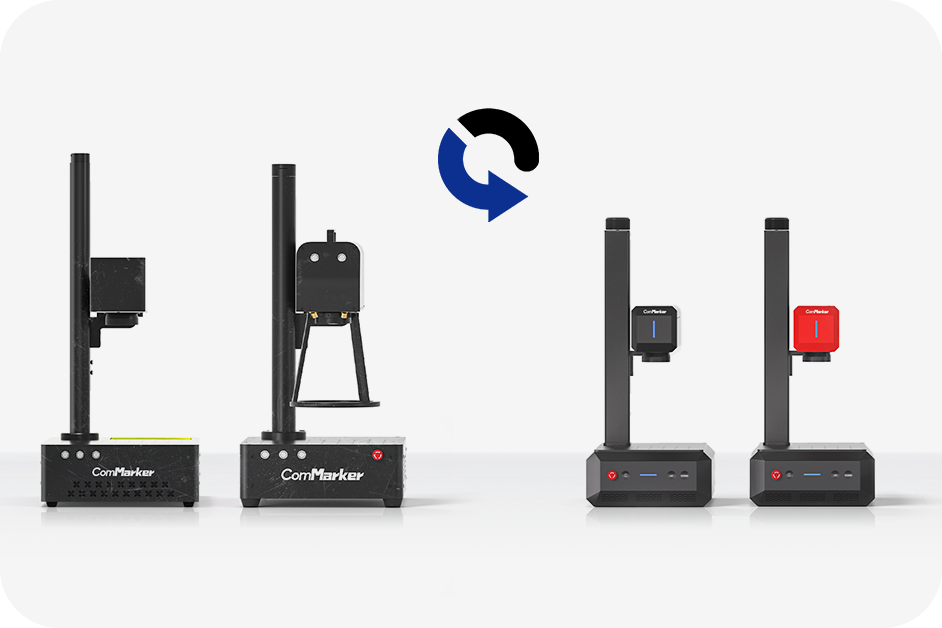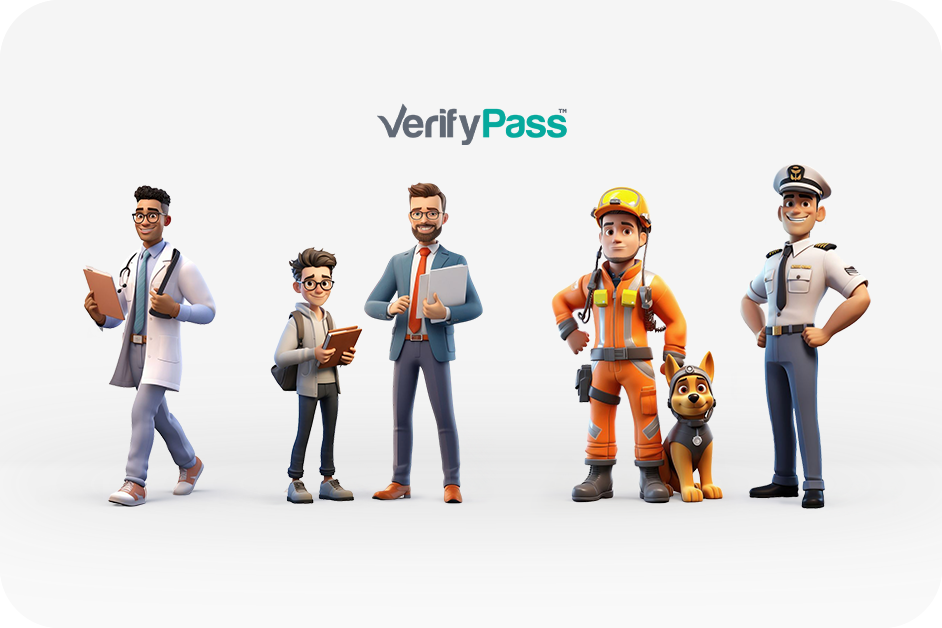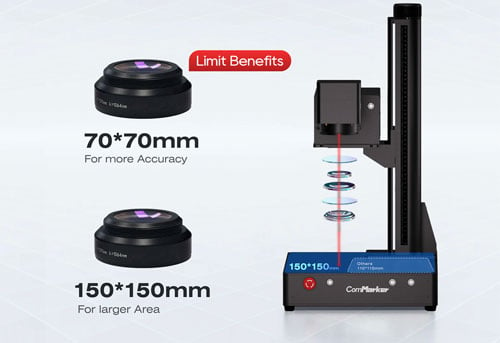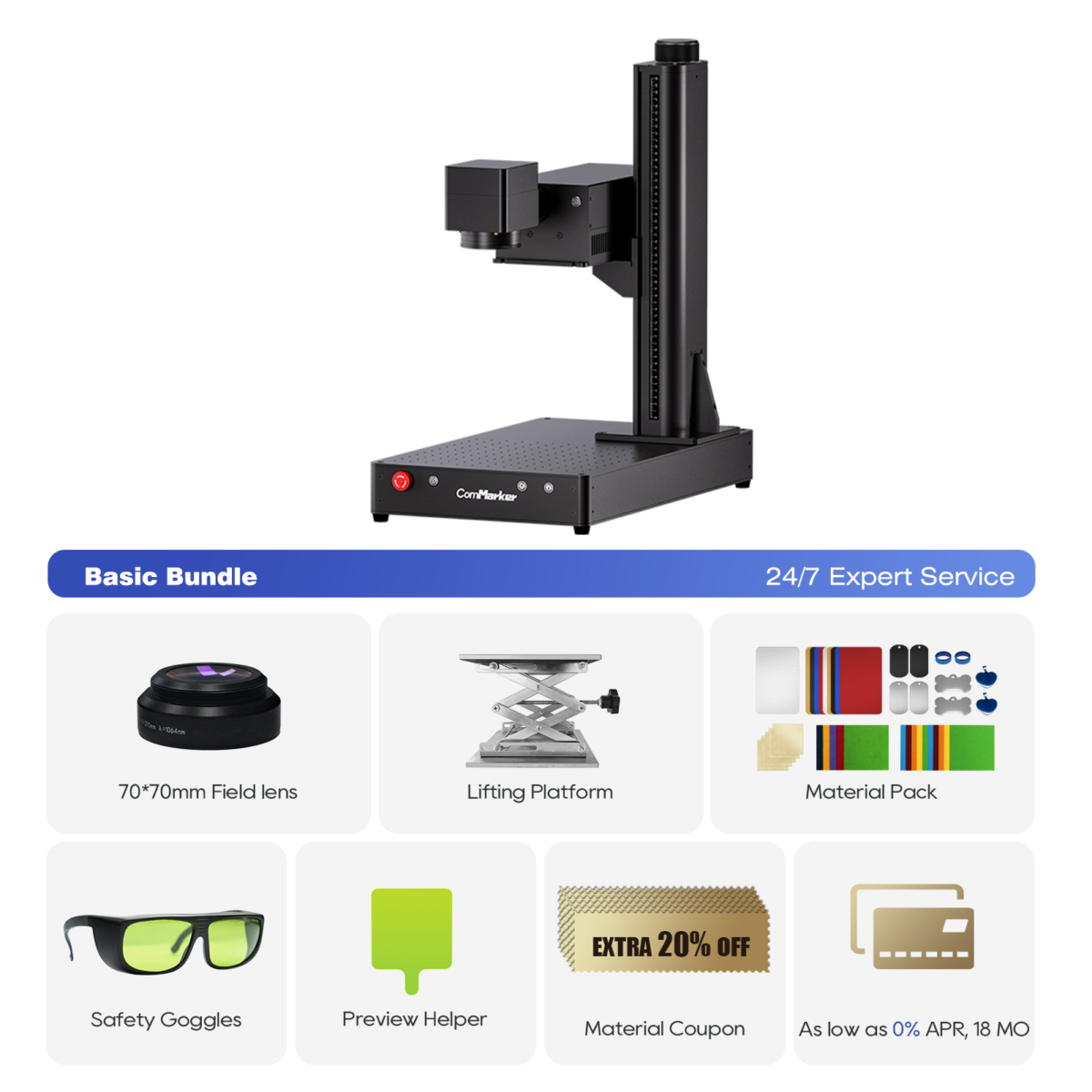Ao usar um gravador a laser, matching the right laser source with the proper lente de campo isn’t just a technicality—it’s the secret to maximizing your engraving precision, poder, e velocidade. Esteja você trabalhando com metal, plástico, or ceramics, understanding how these two core components interact will directly impact the quality of your results. This guide will help you pair them effectively based on your material and application.
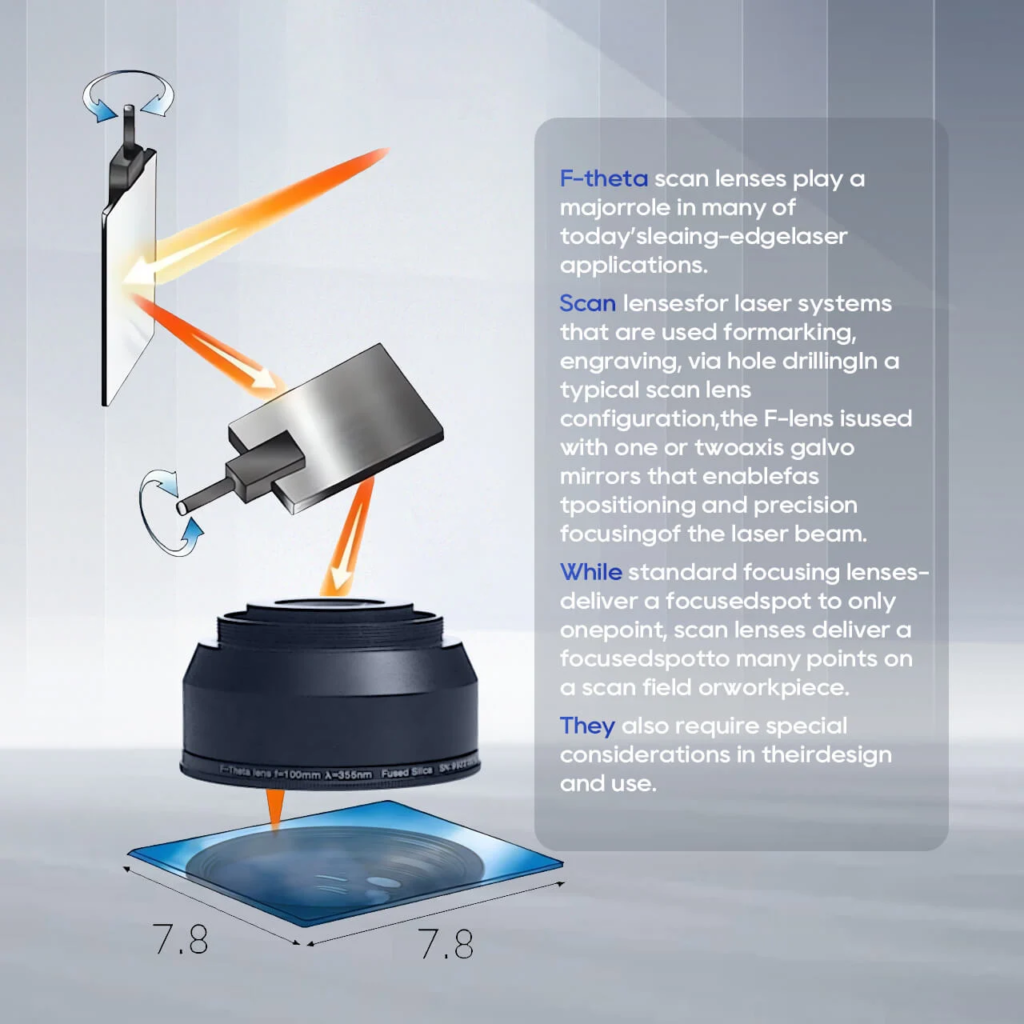
Understanding the Laser Source and Its Role
Before diving into lens selection, let’s review the three most common laser sources:
| Tipo Laser | Comprimento de onda | Melhor para | Example Materials |
|---|---|---|---|
| Laser CO₂ | 10,600 nm | Organic materials | Madeira, acrílico, couro |
| Laser de fibra | 1,064 nm | Metais & plásticos duros | Aço inoxidável, alumínio, abdômen |
| Laser UV | 355 nm | Heat-sensitive & fine detail work | Plástico, vidro, cerâmica |
Cada laser source emits light at a specific Comprimento de onda, which affects how well it is absorbed by the target material. This is crucial because poor absorption means weak marking or even surface damage.

Choosing the Right Field Lens (F-Theta Lens)
O lente de campo, also called an F-theta lens, determines your engraving area and focus characteristics. Important factors include:
- Focal Length (por exemplo, 100milímetros, 200milímetros): Shorter focal lengths = smaller working area, tighter focus = higher detail.
- Tamanho do ponto: Smaller spot size = higher precision, but less depth.
- Distortion: A good F-theta lens minimizes edge distortion in large working fields.
Typical Pairings for Efficiency
| Tipo Laser | Typical F-Theta Lens | Caso de uso |
|---|---|---|
| Co₂ | 63.5mm or 100mm | Cutting/engraving wood or acrylic signs |
| Fibra | 160mm or 254mm | Deep metal engraving or color marking |
| ultravioleta | 110mm or 150mm | QR code etching on plastics, IC chips, glass bottles |
Dica: For the ComMarker Omni 1 Gravador a laser UV, a 110mm field lens gives excellent accuracy on small plastics, while a 150mm lens is better for glass or ceramic surfaces.

Matching Considerations That Matter
- Wavelength Compatibility
A lens designed for 1064nm (fibra) won’t transmit 355nm (ultravioleta) effectively. Make sure your lens matches your laser source wavelength. - Engraving Area vs. Precisão
Larger field lenses cover more surface area, but with a larger spot size. If you’re marking fine logos or QR codes, use a smaller lens. - Tipo de material
- Metal: Laser de fibra + 254mm lens for coverage or 160mm for depth.
- Plástico: Laser UV + 110mm lens = crisp, high contrast.
- Organic: Co₂ + 63.5mm = fine details on wood or leather.
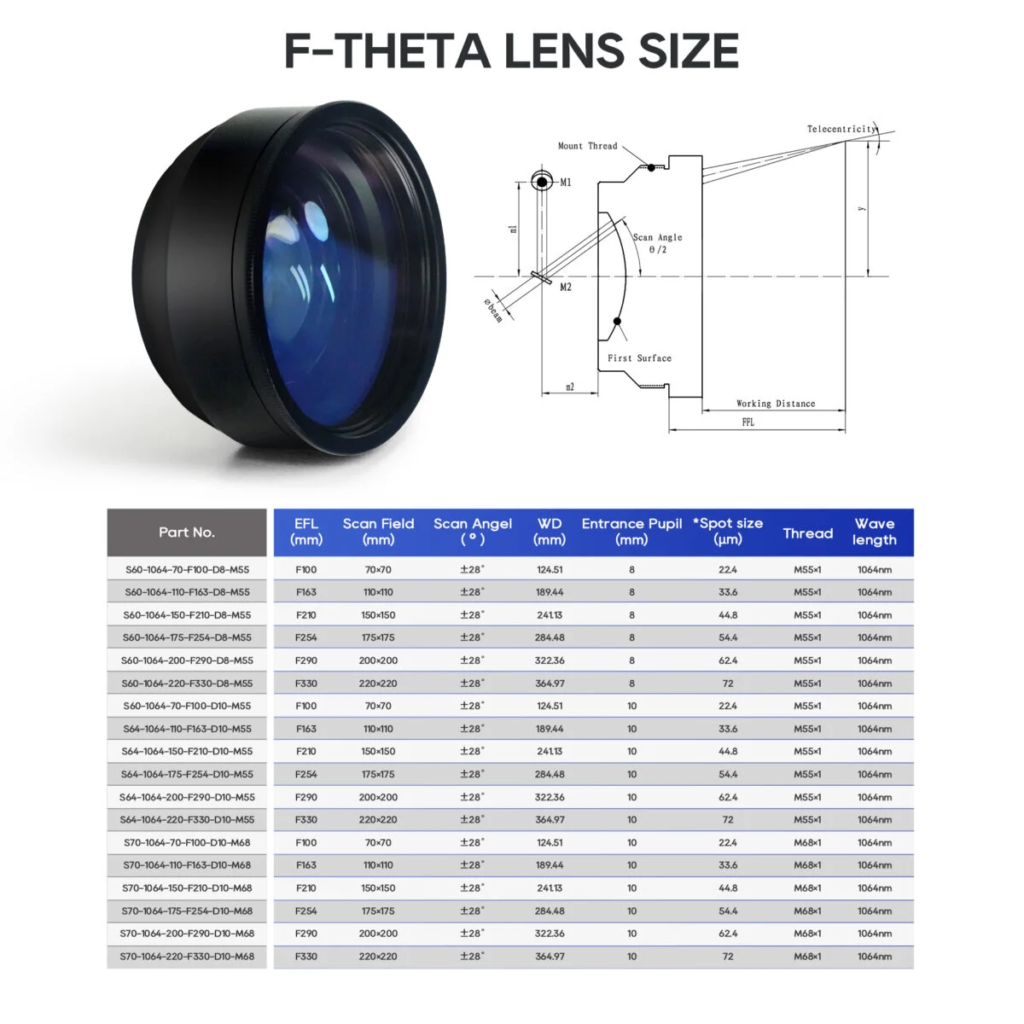
Recommended Setups for Beginners and Professionals
| Material | Melhor tipo de laser | Ideal Lens | Caso de uso |
|---|---|---|---|
| Aço inoxidável | Laser de fibra | 160milímetros | Gravura profunda, ferramentas |
| Plastic Products | Laser UV | 110milímetros | Números de série, Códigos QR |
| Vidraria | Laser UV | 150milímetros | Logos on bottles |
| Leather Tags | Laser CO₂ | 63.5milímetros | Marca personalizada |
ComMarker Omni 1 gravador a laser
Laser de última geração para desbloquear todos os materiais. Tecnologia de gravação ZeroBurn™ O primeiro gravador a laser 16K HD do mundo Sistema de gravação SpeedMax™ de 10.000 mm/s Desbloqueie todo o material com laser UV Tecnologia térmica ColdFront™ Elevação elétrica com 2 Lentes opcionais compatíveis com sistema de gravação rotativa EZCAD e LightBurn 360°
Matching Smartly Maximizes Your Laser Engraver’s Potential
Choosing the right combination of laser source and lens is the foundation of getting pro-level engraving results—without wasting time or materials. If you’re just getting started or upgrading your current setup, o ComMarker Omni 1 ultravioleta offers pre-configured lens options with powerful wavelength precision, making it a flexible solution for plastic, vidro, pedra, and metal engraving.
Looking for an all-in-one solution? Check out the ComMarker Omni 1—a professional-grade laser engraver with customizable lens options and versatile UV laser power.




